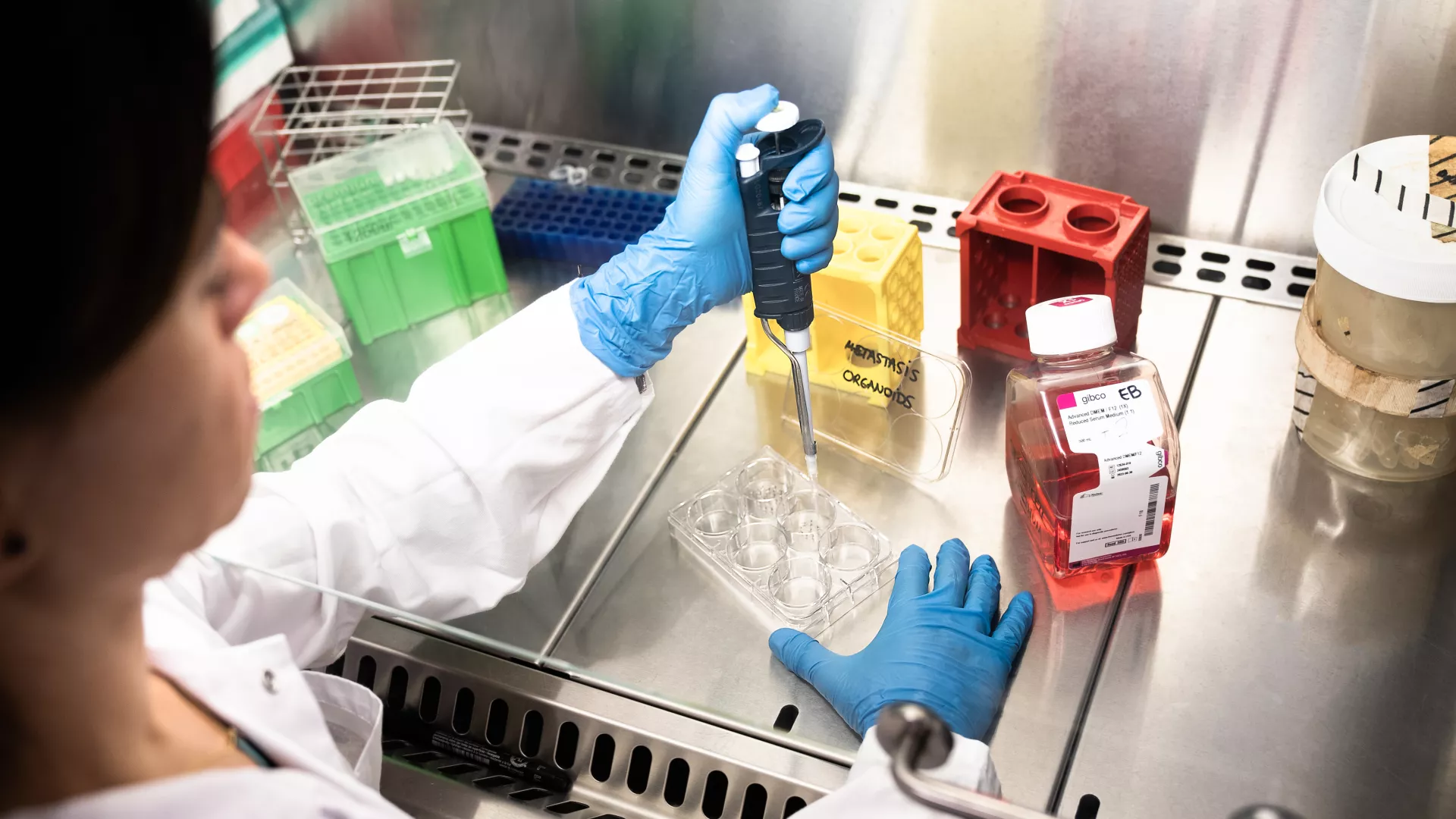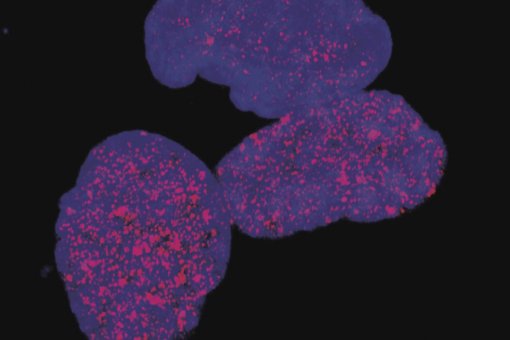Images
Contact

In studies conducted on the fruit fly, researchers at IRB Barcelona headed by ICREA Professor Marco Milán have revealed that organs have the molecular mechanisms to control their proportions. In this process the protein p53 plays a crucial role. The study is published today in the prestigious journal PLoS Biology.
The correct establishment of organ proportions, which occurs during embryonic development, is vital for the proper function of all organisms. Alterations in the mechanisms responsible for these processes cause fatal errors in embryos and even cause their death. In the Renaissance period, Leonardo da Vinci, in his famous picture of the “Vitruvian man”, reflects the importance of the size of the human beings and of the organs it holds.
Hormones, such as insulin and steroidal hormones, contribute to maintaining this equilibrium. “What we have demonstrated is that the organs themselves also have the mechanisms to maintain a balance of shapes and to grow in a coordinated fashion”, states Milán.
Organs have decision-making capacity
The tumour suppressor protein p53 is activated in response to stress, such as that caused by oncogenic mutations, chemical agents or physical stimuli like ultraviolet radiation. This protein induces the death of those cells in which the stress has caused irreversible damage and that can become cancerous. In addition, p53 impedes the proliferation of cells that have self-repairing capacity. In this study the researchers used the wing primordium of the fruit fly “Drosophila melanogaster” as a model. The primordium is responsible for forming the adult wing and was used to study how this stress affects remaining healthy tissue.
Headed by Milán, the study shows that when some specific cells of the wing primordium are subjected to stress, not only is the growth of this part of the organ reduced but also that of the remaining section. As a result, adult flies have smaller but proportional wings. “These experiments indicate that stressed cells send signals to the remaining tissues in order to reduce their growth in order to allow damaged tissue to repair itself and allow the organ to grow in a coordinated manner”, explains Milán. When p53 was suppressed in stressed cells, the resulting wings were disproportional. This observation indicates that this protein is crucial for the coordinated growth of the different parts of an organ. Again, nature dictates that size is not relevant but proportions are.
Reference article:
A dp53 dependent mechanism involved in coordinating tissue growth in
Drosophila
Duarte Mesquita, Andrés Dekanty and Marco Milán.
PLoS Biology (2010) [doi:10.1371/journal.pbio.1000566]
About IRB Barcelona
The Institute for Research in Biomedicine (IRB Barcelona) pursues a society free of disease. To this end, it conducts multidisciplinary research of excellence to cure cancer and other diseases linked to ageing. It establishes technology transfer agreements with the pharmaceutical industry and major hospitals to bring research results closer to society, and organises a range of science outreach activities to engage the public in an open dialogue. IRB Barcelona is an international centre that hosts 400 researchers and more than 30 nationalities. Recognised as a Severo Ochoa Centre of Excellence since 2011, IRB Barcelona is a CERCA centre and member of the Barcelona Institute of Science and Technology (BIST).




